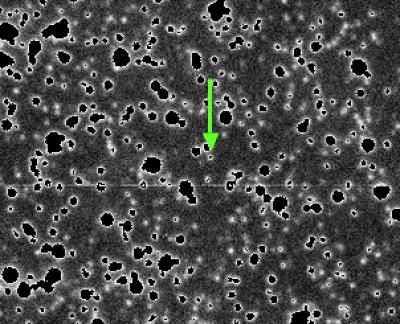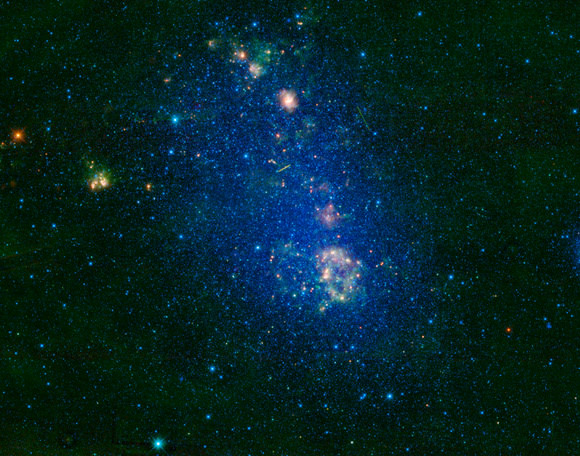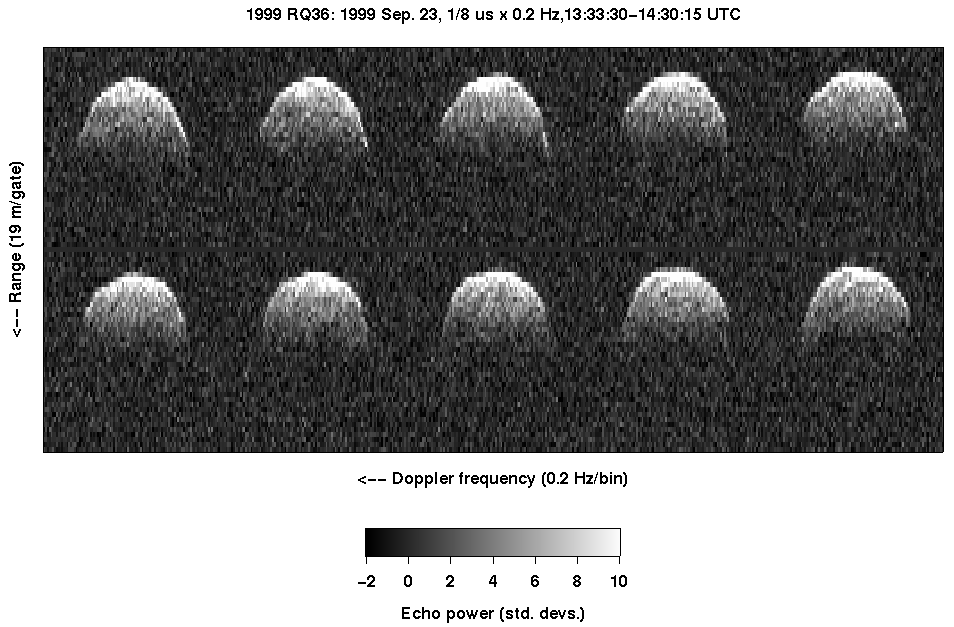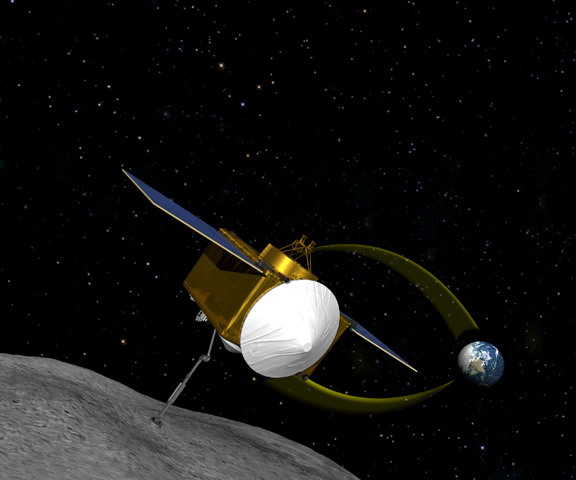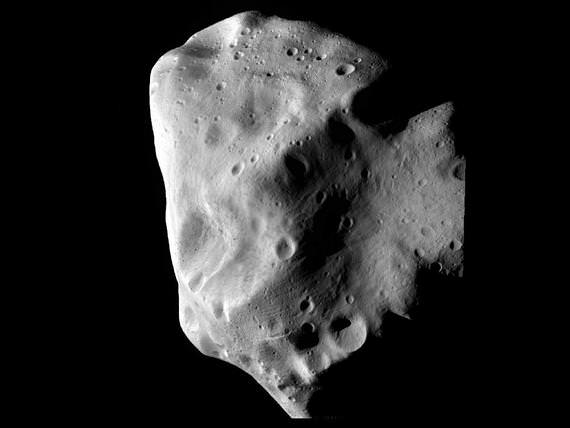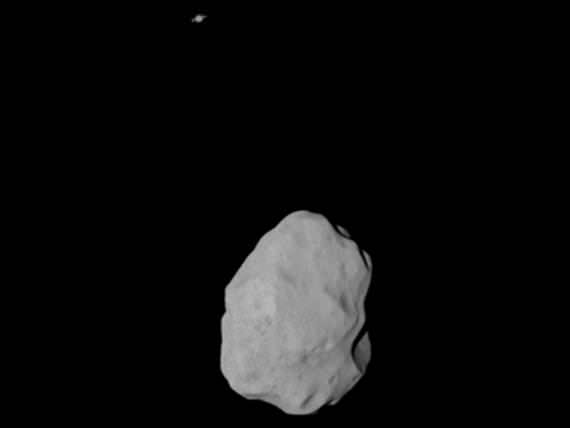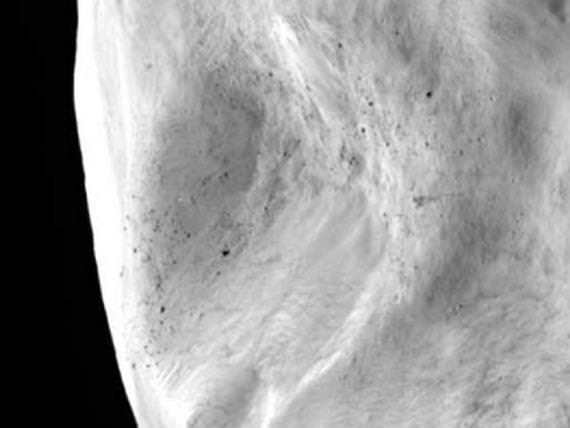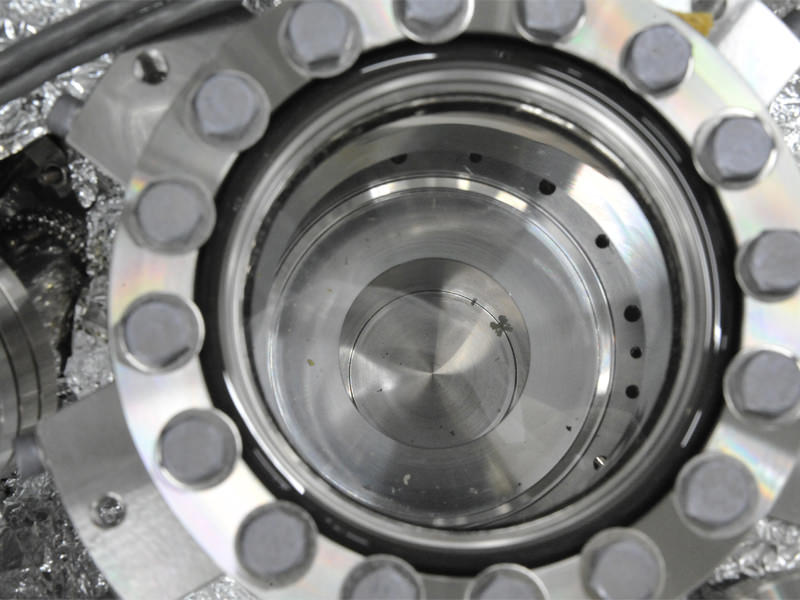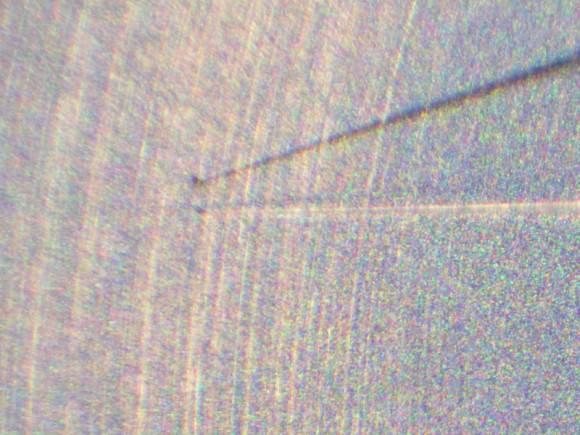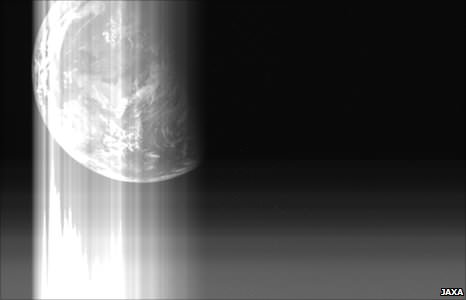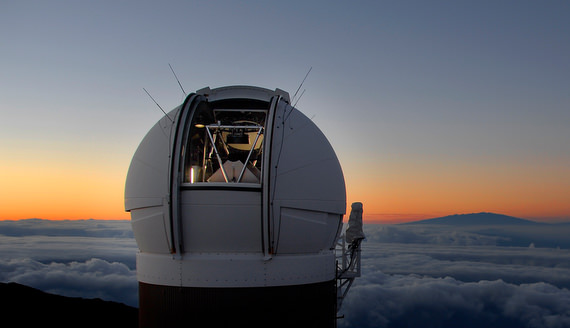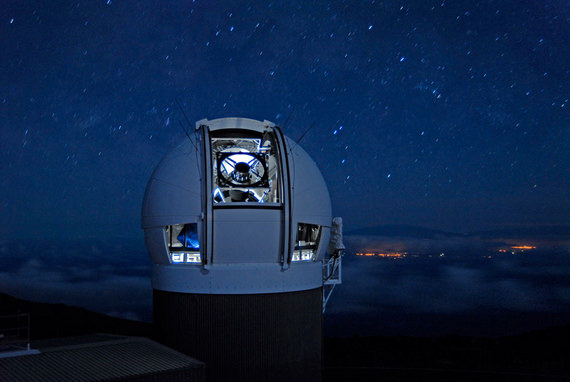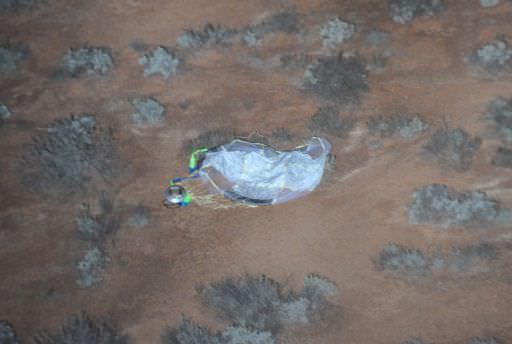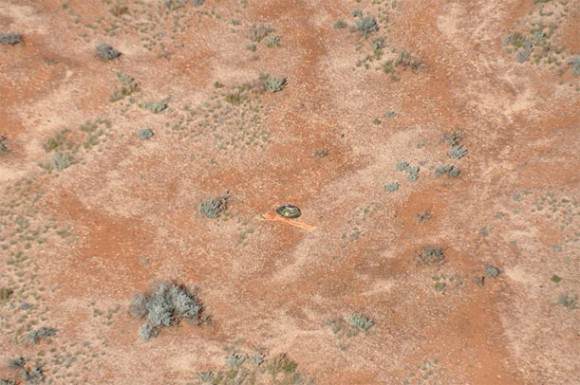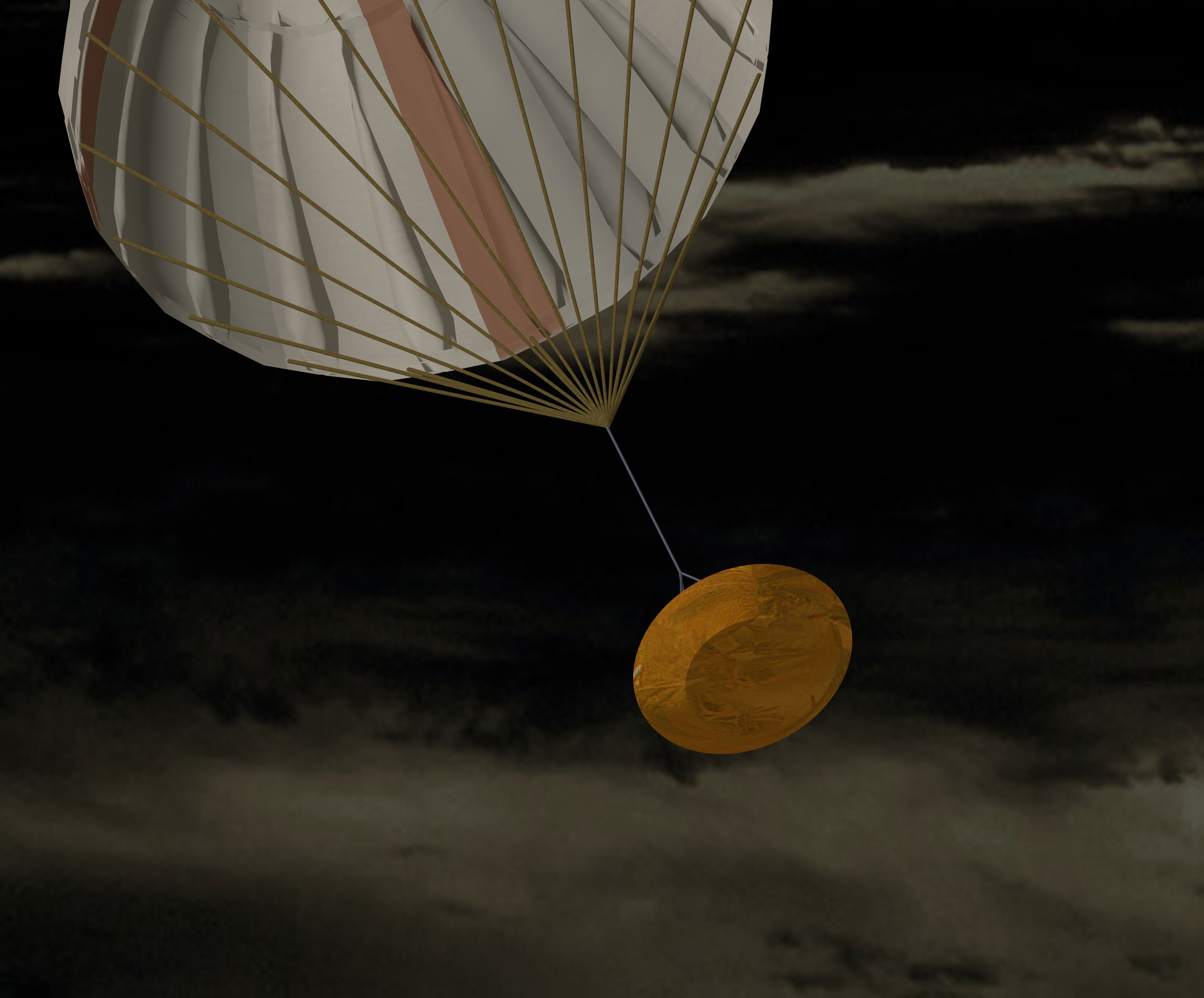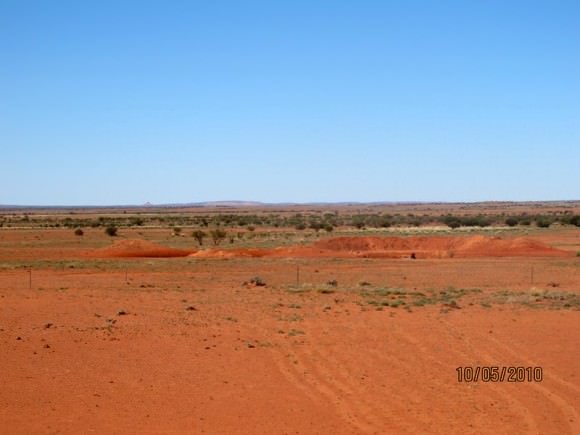[/caption]
Astronomers have found a new object in a region of Neptune’s orbit, tucked away in a very hard-to-find location, and where no previous object was known to exist. The object, 2008 LC18, is a Trojan asteroid, which refers an asteroid that shares an orbit with a larger planet or moon, but does not collide with it because it orbits around one of the two Lagrangian points of stability. Six other Trojan asteroids have been located around Neptune’s L4 region, but this is the first one found in Neptune’s L5 region.
Scott Sheppard from the Carnegie Institution’s Department of Terrestrial Magnetism and colleagues used a new observational technique that used large dark clouds to block background light from the galactic plane in order to discover the new Neptune Trojan. They used the discovery to estimate the asteroid population there and find that it is probably similar to the asteroid population at Neptune’s L4 point.
“We estimate that the new Neptune Trojan has a diameter of about 100 kilometers and that there are about 150 Neptune Trojans of similar size at L5,” said Sheppard “It matches the population estimates for the L4 Neptune stability region. This makes the Neptune Trojans more numerous than those bodies in the main asteroid belt between Mars and Jupiter. There are fewer Neptune Trojans known simply because they are very faint since they are so far from the Earth and Sun.”
Jupiter has the most Trojans, 4,076 (as of February 2010) but there are four known Mars Trojans and now seven known Neptune Trojans. So far, searches have failed to uncover any similar objects in the orbits of any other planets.
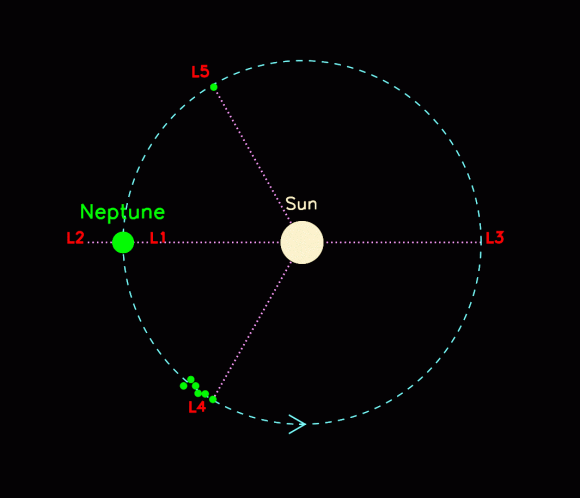
“The L4 and L5 Neptune Trojan stability regions lie about 60 degrees ahead of and behind the planet, respectively,” said Sheppard “Unlike the other three Lagrangian points, these two areas are particularly stable, so dust and other objects tend to collect there. We found 3 of the 6 known Neptune Trojans in the L4 region in the last several years, but L5 is very difficult to observe because the line-of-sight of the region is near the bright center of our galaxy.”
Sheppard and his team, which included Chad Trujillo from the Gemini Observatory, used images from a digitized all-sky survey to identify places in the stability regions where dust clouds in our galaxy blocked out the background starlight from the galaxy’s plane, providing an observational window to the foreground asteroids. They discovered the L5 Neptune Trojan using the 8.2-meter Japanese Subaru telescope in Hawaii and determined its orbit with Carnegie’s 6.5-meter Magellan telescopes at Las Campanas, Chile.
Because Trojans share their planet’s orbit they are sensitive to the planet’s formation and migration, and astronomers say finding these objects provide clues that may help unlock the answers to fundamental questions about planetary formation and migration.
The region of space is also of interest to the teams from the New Horizon spacecraft, as it will pass through this same area after its encounter with Pluto in 2015.
Sources: Carnegie Institute, Science Express.

